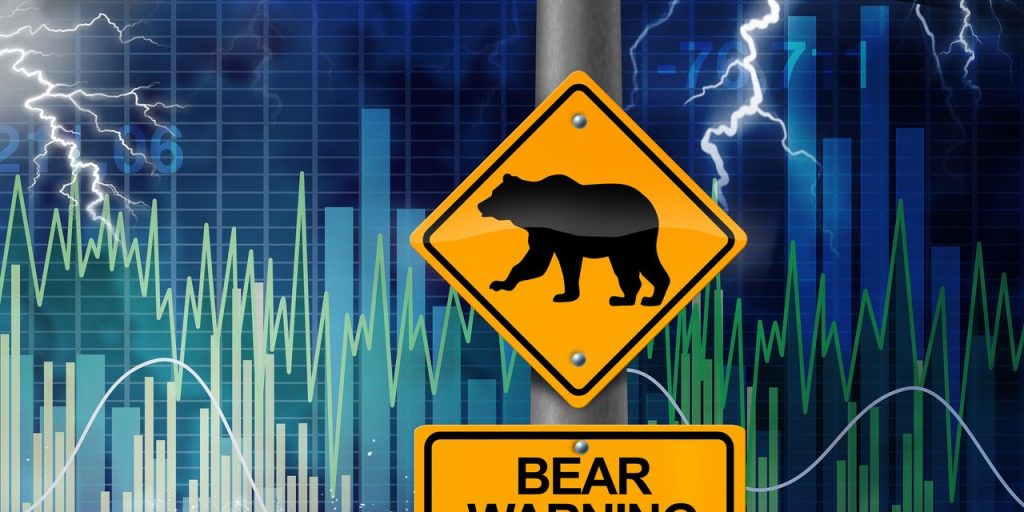Stock market bulls confidently predict that the U.S. market will rally the instant the Federal Reserve pauses in its battle against inflation.
Yet it hasn’t always worked out that way. A review of past cycles of inflation, interest rates and the U.S. stock market reveals that there can be a considerable lag between peak inflation, peak interest rates, and the stock market’s low. And by “considerable” I mean months, if not years.
Consider the period in the early 1980s when inflation and interest rates peaked and the bear market in U.S. stocks came to an end. Inflation topped out more than a year before interest rates did, and over two years before the stock market bottomed.
| What | When | CPI’s trailing 12-month change | 10-year Treasury yield | Effective Fed Funds rate | S&P 500 |
| Peak inflation | March1980 | 14.8% | 12.8% | 16.7% | 104.69 |
| Peak Fed Funds rate | 01/07/81 | 11.8% | 12.6% | 20.1% | 132.97 |
| Peak 10-year Treasury yield | 09/30/81 | 11.0% | 15.8% | 15.0% | 118.27 |
| Bear market bottom | 08/12/82 | 5.9% | 13.1% | 10.9% | 102.42 |
This history is illustrated in the table above. Peak U.S. inflation in the early 1980s was reached in March 1980, when the CPI’s 12-month rate of change hit 14.8%. In January 1981, nine months later, the federal funds rate peaked at 20.1%. It wasn’t until Sept. 30, 1981 — 18 months later — that the 10-year Treasury
TY00,
yield topped out at 15.8%.
Stock market investors waited even longer for the bottom of the bear market. On Aug. 12, 1982 the stock market hit its low — two years and five months after inflation peaked. At that low, the CPI’s 12-month rate of change was almost 9 percentage points lower than it was in March 1980, the fed funds rate was more than 9 percentage points below its peak, and the 10-year Treasury yield was nearly three percentage points below its peak.
Just nine months have passed since U.S. inflation peaked last June at 9.1%. Inflation now is running at an annual rate of 5%, based on the release this week of the March CPI data. That’s far less than the 29 months it took between peak inflation in 1980 and the bear-market bottom in August 1982, but still should give the bulls pause.
Mark Hulbert is a regular contributor to MarketWatch. His Hulbert Ratings tracks investment newsletters that pay a flat fee to be audited. He can be reached at mark@hulbertratings.com
More: 3 S&P 500 sectors say a new bull market is near. These 8 stocks are top picks.
Also read: I-bonds are over, long live I-bonds: This is your warning that rates are about to drop precipitously.
Read the full article here




